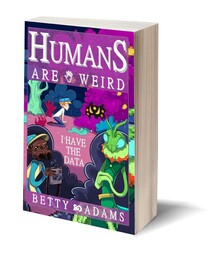Well that thing has a name, The Baader-Meinhof phenomenon is widely recognized and plays a large role in the work of such literary heavyweights as Agatha Christie. Her mystery "The Pale Horse" starts with an instances of this.
This author just had an interesting instance of Badder-Meinhof. The 1850's book "The House of Seven Gables" by Nathaniel Hawthorne was, unsurprisingly, full of words that were unfamiliar to the modern twenty-first century reader. As the book is read a list of such words is soon compiled. The meaning of some must be look up in a dictionary and the definition checked for timeliness. Some can be deduced by context and such was grimalkin. From the fact that this oddity startled a mouse and lurked about the garden it was clearly a cat of some sort. Further investigation revealed that it was denoted something mysterious, like a witch.
Alas this word came near the end of the book and the author had to seek out another. Having only a few moments left before the library closed the best option was to pluck one of the bright novels displayed by the librarians at the top of the stairs. The selection was as different from the previous book as it could be. It set in the future of the publishing date, while 'Seven Gables' was set hundreds of years before it publishing date. The new book was about superheros of inhuman strength the old book was entirely about the frailties of the human nature. The new book was anchored solidly in the physical and scientific while the old drifted from one metaphysical fancy to the next. And yet these two very different books had a similar scene. The female lead, a morally strong and physical hale young woman of small proportions bends over to examine a cat.
The old book used the word grimalkin to create an air of mystic mystery while the new named the cat Greymalkin (an alternate spelling) to create an atmosphere of plain normality and domesticity. An interesting bit of synchronicity.







 RSS Feed
RSS Feed


